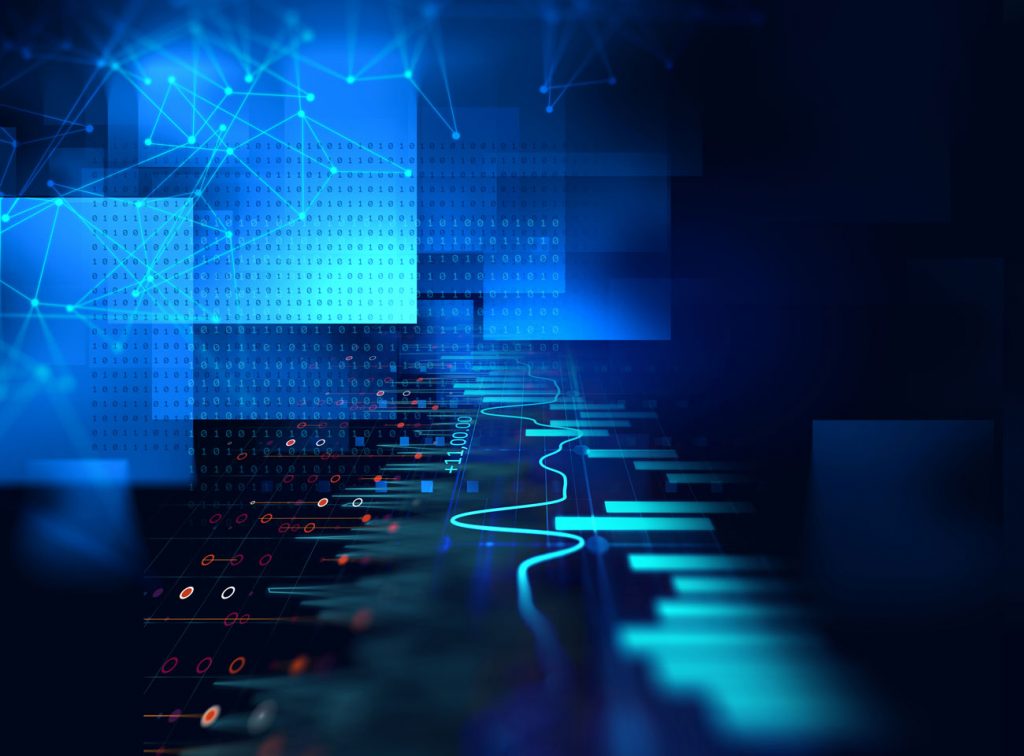Backup, restoration, and recovery systems are important for a business to protect their applications and data. Employing a failover strategy allows crucial apps to continue running with a significantly reduced amount of downtime. VMware failover involves the transfer of applications and data to the cloud. Users are also given secure access and a simplified management platform to access their information. Most cloud failover systems involve replication of a virtual machine. Essentially, the cloud host takes over the role of the original virtual machine. This way, businesses can continue to engage in their operations when a production site disaster occurs.
Disaster Recovery Strategies

Disaster recovery (DR) involves planning for how technology, processes, and employees will be impacted by a particular service. Organizations should develop a comprehensive failover plan to protect the systems within their business.
Automated and Virtual DR
Many failover systems are moving from physical DR to virtual DR processes. A business able to successfully make this shift can reduce and minimize complexity and costs in case of failover later on. Cloud environments are more stable and accessible than traditional physical ones.
A failover system based in the cloud can also be automated in a way that is not possible with physical machines. However, both types of systems should be routinely and extensively checked before an actual failover scenario is conducted. These regular tests widen the scope and capability of DR processes. They also ensure there aren’t any problems when an emergency occurs.
The automation feature is important not only for testing failover, but also for actual, real-world failover occurrences. In case a disaster happens, immediate action is necessary. An administrator may not be able to perform tasks as quickly as they should in a high pressure situation. They may also be unfamiliar with the specific processes to follow. Automation is an efficient solution that employs an immediate, quick, and accurate flow of actions and processes.
Compliance and Cloud-to-Cloud
Nowadays, DR is focused on the understanding and management of the data itself. This reflects an administrative way of thinking. Businesses want to know where their data goes and how this can be accessed. A key demand of DR strategies is the ability to selectively recall particular pieces of data whenever required. This functionality allows a business to face reduced time, costs, and complications when dealing with data for recovery.
In addition, cloud-to-cloud failover systems are becoming increasingly more popular. With a multi-cloud failover system, businesses need to consider management costs, as well as ingress and egress costs.
Processes and Infrastructure of DR
Recovery processes and infrastructure are continuing to advance. This means cloud migrations and failover operations are expected to continue with much less downtime.
Disaster recovery trends continue to change and evolve. Providers of failover systems are expected to develop and adopt services that move away from the physical DR market and onto automated and cloud based structures. Before deciding on a provider and a failover solution, a business should consider how a particular solution will fit with their current and future DR needs.

